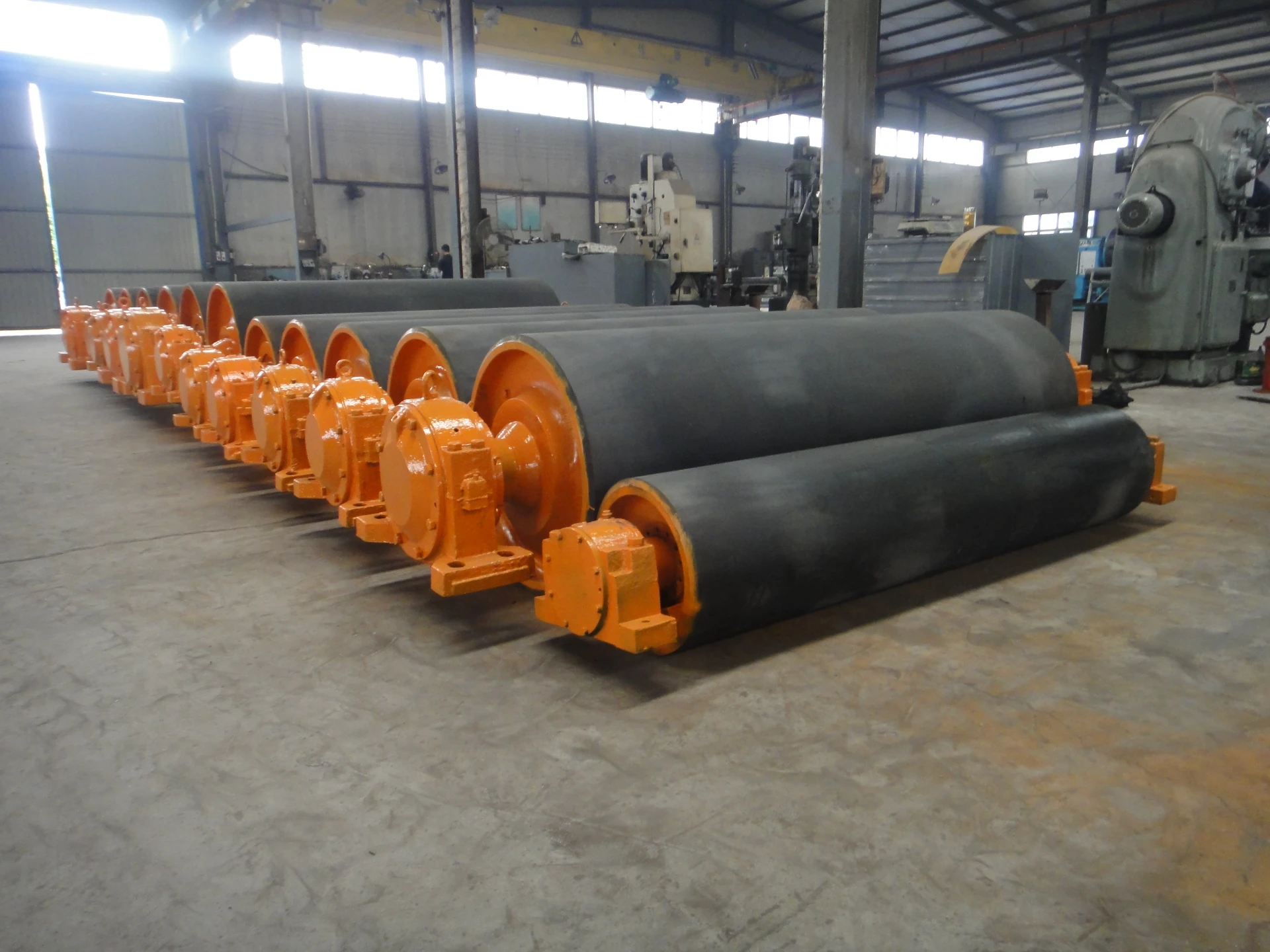 Afrikaans
Afrikaans  Albanian
Albanian  Amharic
Amharic  Arabic
Arabic  Armenian
Armenian  Azerbaijani
Azerbaijani  Basque
Basque  Belarusian
Belarusian  Bengali
Bengali  Bosnian
Bosnian  Bulgarian
Bulgarian  Catalan
Catalan  Cebuano
Cebuano  Corsican
Corsican  Croatian
Croatian  Czech
Czech  Danish
Danish  Dutch
Dutch  English
English  Esperanto
Esperanto  Estonian
Estonian  Finnish
Finnish  French
French  Frisian
Frisian  Galician
Galician  Georgian
Georgian  German
German  Greek
Greek  Gujarati
Gujarati  Haitian Creole
Haitian Creole  hausa
hausa  hawaiian
hawaiian  Hebrew
Hebrew  Hindi
Hindi  Miao
Miao  Hungarian
Hungarian  Icelandic
Icelandic  igbo
igbo  Indonesian
Indonesian  irish
irish  Italian
Italian  Japanese
Japanese  Javanese
Javanese  Kannada
Kannada  kazakh
kazakh  Khmer
Khmer  Rwandese
Rwandese  Korean
Korean  Kurdish
Kurdish  Kyrgyz
Kyrgyz  Lao
Lao  Latin
Latin  Latvian
Latvian  Lithuanian
Lithuanian  Luxembourgish
Luxembourgish  Macedonian
Macedonian  Malgashi
Malgashi  Malay
Malay  Malayalam
Malayalam  Maltese
Maltese  Maori
Maori  Marathi
Marathi  Mongolian
Mongolian  Myanmar
Myanmar  Nepali
Nepali  Norwegian
Norwegian  Norwegian
Norwegian  Occitan
Occitan  Pashto
Pashto  Persian
Persian  Polish
Polish  Portuguese
Portuguese  Punjabi
Punjabi  Romanian
Romanian  Russian
Russian  Samoan
Samoan  Scottish Gaelic
Scottish Gaelic  Serbian
Serbian  Sesotho
Sesotho  Shona
Shona  Sindhi
Sindhi  Sinhala
Sinhala  Slovak
Slovak  Slovenian
Slovenian  Somali
Somali  Spanish
Spanish  Sundanese
Sundanese  Swahili
Swahili  Swedish
Swedish  Tagalog
Tagalog  Tajik
Tajik  Tamil
Tamil  Tatar
Tatar  Telugu
Telugu  Thai
Thai  Turkish
Turkish  Turkmen
Turkmen  Ukrainian
Ukrainian  Urdu
Urdu  Uighur
Uighur  Uzbek
Uzbek  Vietnamese
Vietnamese  Welsh
Welsh  Bantu
Bantu  Yiddish
Yiddish  Yoruba
Yoruba  Zulu
Zulu Benefits of Using Rubber Lagging for Enhanced Pulley Performance in Industrial Applications
Understanding Rubber Lagging for Pulley Systems
In various industrial applications, pulleys play a crucial role in the movement and management of materials. However, to maximize the efficiency and lifespan of these pulleys, rubber lagging has emerged as a popular enhancement. This article delves into the significance of rubber lagging for pulleys, exploring its benefits, applications, and maintenance considerations.
What is Rubber Lagging?
Rubber lagging is a type of coating applied to the surface of a pulley. Typically made from durable rubber compounds, this lagging serves multiple purposes, ranging from improving traction to protecting the pulley from wear and tear. By increasing the surface area of contact between the pulley and the belt, rubber lagging helps prevent slippage, which can lead to inefficiencies in belt operations.
Benefits of Rubber Lagging
One of the primary advantages of rubber lagging is its ability to enhance grip. In scenarios where high torque is required, slip can be detrimental. Rubber's natural coefficient of friction provides superior grip compared to bare metal pulleys. This increased traction can significantly reduce the likelihood of slippage, thereby improving throughput in conveyor systems.
Additionally, rubber lagging acts as a protective barrier. Pulleys, especially those operating within harsh environments, are subject to wear from sand, dust, moisture, and corrosion. The rubber layer absorbs shocks and impacts that would otherwise damage the pulley. This not only prolongs the life of the pulley but can also reduce maintenance costs associated with pulley replacement and repair.
Moreover, rubber lagging can help protect the conveyor belt itself. By providing a more forgiving surface, it minimizes the chances of belt damage, which often occurs due to pulley misalignment or excessive wear. This protective aspect is especially crucial in applications where the belt is expected to run for prolonged periods at high speeds or extreme loads.
rubber lagging pulley

Applications of Rubber Lagged Pulleys
Rubber lagged pulleys are commonly found in various sectors, including mining, construction, and manufacturing. In mining operations, for instance, they are utilized in conveyor systems that transport heavy materials such as coal or ores. The durability and grip provided by rubber lagging are essential in such settings, where conditions can be abrasive.
In manufacturing, rubber lagged pulleys are used in assembly lines, packaging machines, and material handling systems. The reliability and efficiency of machinery depend significantly on the consistent performance of pulleys and belts, making rubber lagging an indispensable enhancement.
Maintenance Considerations
While rubber lagging offers numerous benefits, proper maintenance is essential to ensure optimal performance. Regular inspections should be conducted to check for signs of wear, such as cracking or detachment of the rubber layer. Timely replacement of damaged lagging can prevent more significant issues, such as pulley failure or belt slippage.
Cleaning the pulleys and removing any debris or buildup also contributes to maintaining the effectiveness of the rubber lagging. Additionally, monitoring tension in the belt system is crucial. Correct tension helps in maximizing the contact area with the rubber lagged pulley, thus enhancing traction and minimizing wear.
Conclusion
In conclusion, rubber lagging for pulleys is a vital component in enhancing the efficiency, durability, and performance of conveyor systems and other machinery. Its ability to improve traction, protect against wear, and extend the lifespan of pulleys makes it an invaluable asset across various industrial applications. By investing in quality rubber lagging and adhering to a regular maintenance schedule, businesses can achieve optimal productivity and reduce operational costs in the long run.
-
Revolutionizing Conveyor Reliability with Advanced Rubber Lagging PulleysNewsJul.22,2025
-
Powering Precision and Durability with Expert Manufacturers of Conveyor ComponentsNewsJul.22,2025
-
Optimizing Conveyor Systems with Advanced Conveyor AccessoriesNewsJul.22,2025
-
Maximize Conveyor Efficiency with Quality Conveyor Idler PulleysNewsJul.22,2025
-
Future-Proof Your Conveyor System with High-Performance Polyurethane RollerNewsJul.22,2025
-
Driving Efficiency Forward with Quality Idlers and RollersNewsJul.22,2025





























